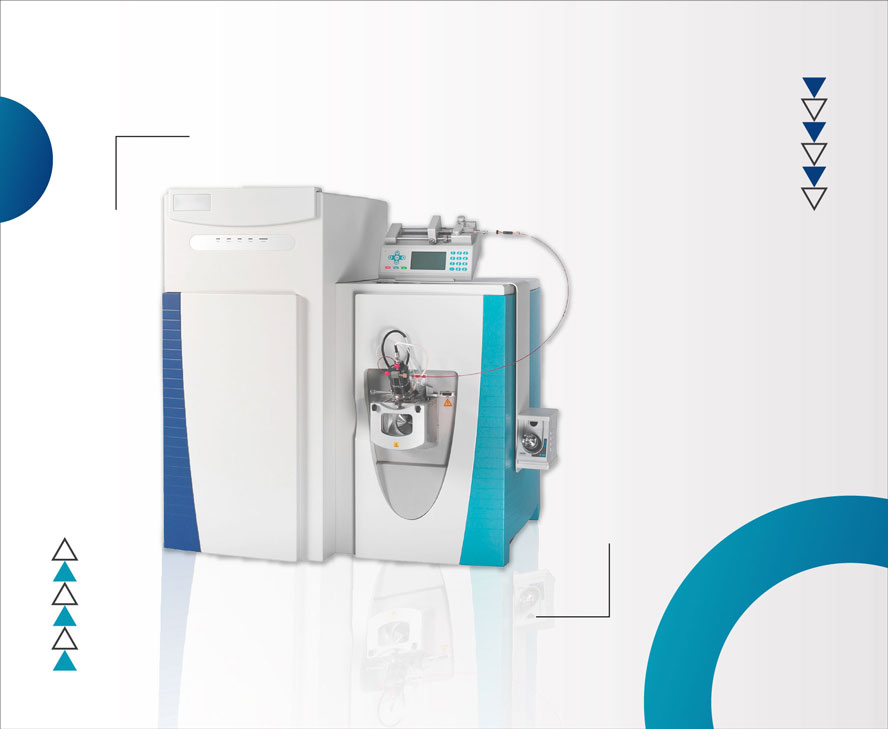Mass Spectrometry Market in China: Transforming Science and Industry with Data-Driven Precision

Modern China stands at the intersection of scientific ambition and technological prowess, where the Mass Spectrometry Market is driving breakthroughs in healthcare, industry, and research. With an impressive valuation of USD 774.6 million in 2023, the Chinese mass spectrometry sector is not just expanding, it’s redefining how laboratories, hospitals, and high-tech industries approach analysis, diagnostics, and testing. Projected to reach USD 1,498 million by 2030 with a robust CAGR of 10.2%, this market is carving out new pathways for innovation and economic growth in East Asia’s largest economy.
The Heart of Scientific Discovery
Mass spectrometry might sound technical, but at its core, it’s about revealing the unseen measuring, identifying, and understanding molecules with extraordinary precision. From detecting rare diseases in newborns to analyzing environmental pollutants, the technology enables critical decisions across medicine, food safety, and biotechnology. In China, mass spectrometry’s rapid adoption is nothing short of a revolution, bridging knowledge gaps and elevating research standards nationwide.
Market Momentum: Innovation Meets Opportunity
China’s mass spectrometry market isn’t just growing; it’s evolving. Laboratories and research institutions are increasingly investing in high-resolution hybrid technologies such as LC-MS/MS and Q-TOF systems. These sophisticated instruments power drug discovery, help identify elusive biomarkers, and facilitate complex metabolomics research. What propels this trend is not just curiosity, it’s a coordinated effort guided by national strategy and growing demand in healthcare, pharmaceuticals, and environmental monitoring.
Government initiatives, like “Made in China 2025” and the National Science and Technology Major Projects, have been crucial. Significant financial incentives, regulatory support, and focused talent development fuel continuous R&D. By weaving together funding, education, and streamlined approvals, China accelerates local technological advancement, allowing domestic companies to challenge global giants and address local needs effectively.
Closing the Demand-Supply Gap
One major story unfolding in the Chinese mass spectrometry landscape is the demand-supply gap. Despite increased local manufacturing, many laboratories still depend on imported instruments and specialty reagents. This reliance exposes actors to supply chain vulnerabilities, tariffs, and geopolitical risks, a concern highlighted by recent global disruptions.
Local players are responding dynamically. Companies such as Shanghai Titan Scientific and Nanjing Vazyme Biotech have emerged as cost-effective alternatives to imported reagents, enhancing the supply chain’s resilience and supplying tailor-made solutions for the Chinese context. Strategic partnerships and intensified investment in domestic R&D are expected to narrow the gap further, empowering China’s mass spectrometry sector to keep pace with rising demand in clinical, pharmaceutical, and industrial labs.
Segmental Insights: The LC-MS/MS Revolution
Of all the technological segments, Liquid Chromatography-Mass Spectrometry (LC-MS/MS) occupies the leadership position commanding nearly 50% of the market. Its remarkable versatility and sensitivity make it indispensable for clinical diagnostics, pharmaceutical research, toxicology, and forensic science. Hospitals and diagnostic labs across China now rely on LC-MS/MS systems to decode complex biological samples, quantifying low-abundance biomarkers, drugs, and metabolites with unparalleled accuracy.
The technology’s adaptability extends beyond the clinic. Pharmaceutical companies use LC-MS/MS for drug development and validation, while forensic labs deploy it to clarify the most intricate chemical mysteries. Automation and artificial intelligence further strengthen these systems, enabling high-throughput analysis and reducing manual error, all while delivering faster and more reliable results.
The Cost Challenge: Navigating Investment and Sustainability
Yet, for every push, there’s a pull. The high cost of ownership remains a formidable challenge. Advanced mass spectrometry systems can cost up to $150,000 for high-precision models, with recurring expenditures in maintenance, consumables, training, and software licensing. Annual operational expenses can add anywhere from $5,000 to $50,000 (or more), putting sustained pressure on research budgets, especially for small and mid-sized laboratories.
Addressing these financial hurdles requires creative solutions, a mix of government subsidies, collaborative purchasing, and the adoption of more cost-effective domestic reagents. As Chinese firms continue ramping up local production and developing tailored products, access is gradually widening, allowing innovation to reach institutions that were previously constrained by budgetary limits.
Future Outlook: An Ecosystem of Growth
As China’s mass spectrometry market surges toward USD 1,498 million by 2030 at a CAGR of 10.2%, its influence is felt both at home and abroad. With evolving regulations, ever-expanding applications, and aggressive investment in R&D, China is staking its claim as a hub for analytical excellence throughout the Asia-Pacific region.
Industry-leading companies Beijing Beifen-Ruili Analytical Instrument, Thermo Fisher Scientific, Shimadzu Corporation, Agilent Technologies, and several dynamic local innovators are shaping the competitive landscape. Their collective drive fuels discoveries in pharmaceuticals, empowers environmental safety, and creates robust research ecosystems across the country.
Why This Matters
China’s journey in the mass spectrometry market offers lessons in adaptability, resilience, and scientific ambition. It demonstrates how patient capital, smart policy, and technical brilliance can transform an industry making high-end analysis accessible and actionable in laboratories from Beijing to Guangzhou.
No FAQs available at the moment.